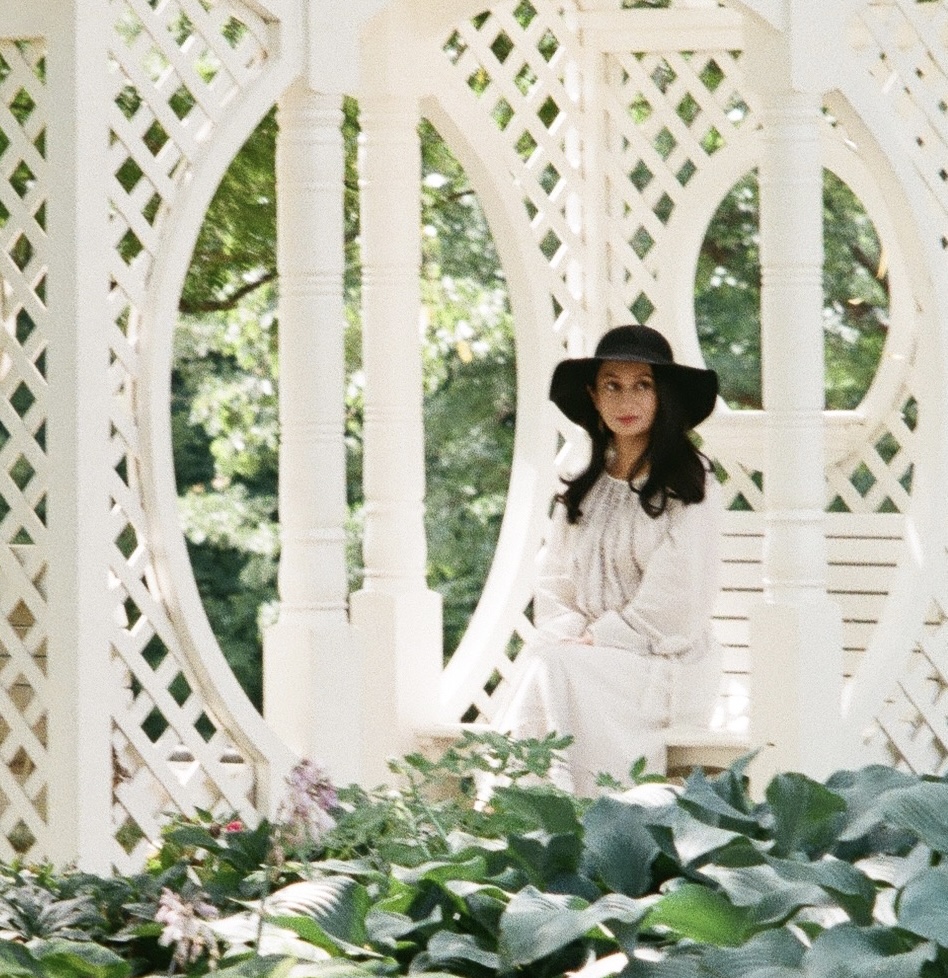Blog
Welcome to my artist blog. My posts often discuss my painting process and offer recommendations for products and techniques that I found useful along my journey.
Watercolor Endures (under particular conditions)
May 11, 2025 Here’s what I love about watercolor (and being a historian): it defies expectations. Sure, you can explore most art galleries and find that acrylic and oil paintings are easier to showcase because they are better preserved through time. Watercolors can be fugitive and some pigments tend to fade, especially when exposed to…
Keep readingMeeting Artist Sanford Biggers
May 4, 2025 Yesterday, I had the privilege of attending a “Meet the Artist” event at the Memorial Art Gallery, featuring renowned multimedia artist, Sanford Biggers. Known for his arresting bronze sculptures, like “Oracle” (on display at the entrance of the MAG), Biggers’ other works explore the intersection between history, time, and cultural phenomena, blending…
Keep readingNew Website and Updates
April 29, 2025 My website received a much needed makeover. With this upgrade, my pages are more accessible, and the best news is that this blog feature is actually interactive! Now, readers can leave comments and share posts on vairous platforms. Seeing as how my last blog post was two years ago (!!), perhaps I…
Keep readingRohma Khan Fine Art
rohmakhanart@gmail.com

Leave a comment